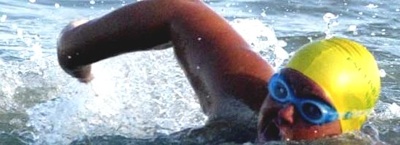 Thousands of Americans wrote to a small, but forward-thinking company to say ‘thanks’ for inventing an arthritis treatment that works often when nothing else would: A treatment that is actually healthy for the body, unlike some pharmaceutical drugs with side effects like Vioxx (which was pulled from the market after studies found an increased risk for heart attack and stroke). And now, this same small company can be thanked for bringing what might be the best remedy for the miserable symptoms of the common cold to the U.S. market. In a clinical trial their cold lozenge was shown to significantly reduce major cold symptoms within 24 hours. Unlike the giant pharmaceutical companies, this company, SmartScience Laboratories, believes the prescription for staying healthy doesn’t necessarily come from a doctor. Studies show that if we add the right nutrients to our bodies, the end result is health. That’s just smart. SmartScience.
Thousands of Americans wrote to a small, but forward-thinking company to say ‘thanks’ for inventing an arthritis treatment that works often when nothing else would: A treatment that is actually healthy for the body, unlike some pharmaceutical drugs with side effects like Vioxx (which was pulled from the market after studies found an increased risk for heart attack and stroke). And now, this same small company can be thanked for bringing what might be the best remedy for the miserable symptoms of the common cold to the U.S. market. In a clinical trial their cold lozenge was shown to significantly reduce major cold symptoms within 24 hours. Unlike the giant pharmaceutical companies, this company, SmartScience Laboratories, believes the prescription for staying healthy doesn’t necessarily come from a doctor. Studies show that if we add the right nutrients to our bodies, the end result is health. That’s just smart. SmartScience.
SmartScience Laboratories CEO and founder, Gene Weitz, began his career in Minnesota in the field of chemical engineering but evolved into the realm of nutrition and health; interesting because both fields deal with formulas and their reactions. In the 1980’s Weitz worked for small companies inventing products like lubricants and environmentally friendly solvents and cleaners. In the mid-90’s he was hired to develop nutritionally fortified creams for pain. At about the same time his wife began a grueling experience with fibromyalgia,a mysterious disabling disorder affecting 6 percent of the population. Thus began a personal journey for Weitz during which nutritional healing became deeply imprinted in his personal philosophy.
“She was 70-80 percent better within 6 months.”“She went through a battery of tests that you just wouldn’t believe. She saw specialist after specialist and finally they referred her to a psychologist. The only medication they could give her was an anti-depressant. She was getting close to being bed ridden. Every third day she would drop the kids off at the bus stop and just come home and lie in bed and cry, because it’s just that much pain.”
A nutritional consultant counseled the couple regarding the fibromyalgia. Her advice was to improve the diet (cut out sugars, white flour and white potatoes), add dietary supplements, and do some things that naturally detoxify the body of heavy metals and toxins. “As it turns out,” Gene reported, “She was right, because within six months his wife was 70–80 percent better and within a year, 100 percent better… She’s really never gone back.”
Weitz has had one goal since college, to run a successful company. By February 1998, acting out of an inspiration to improve the lives of others by creating helpful over-the-counter products for consumers, he’d acquired the rights from his old partner to use some of the formulas he’d developed. He now improved the topical cream, adding camphor and nutrients to provide additional benefit. SmartScience Laboratories was born.
“Some People Call it Their Miracle Cream.”SmartScience began selling
JointFlex Pain Relieving Cream in 1999 directly to consumers through full-page newspaper ads. Using an ‘800’ number and offering a money-back guarantee, they went from “essentially zero sales to $25,000 a day, just overnight.” Beyond brisk sales and returning customers, the most rewarding part of the whole business was the “stacks and stacks and stacks of testimonials.”
Weitz explains: “Most testimonials tell us how they have tried nearly everything to relieve their pain including prescription drugs, oral pain relievers, physical therapy, other topical pain relievers and even getting shots, yet they received little or no results. But when they tried JointFlex, they got unexpected, substantial pain relief and many became completely pain free!”
JointFlex has been shown in clinical studies to offer substantial immediate pain relief for chronic sufferers of osteoarthritis pain. Even more amazing, Weitz said, was that “Almost one third of the people in the study ELIMINATED their pain with continued daily use of the JointFlex cream. Their pain scores were down to zero. These were people who suffered from chronic arthritis pain for ten years or more. “They now have a safe, effective and inexpensive alternative to prescription and other non-prescription drugs.”
JointFlex uses a trade secret technology Weitz invented called FUSOME. Fusome technology uses little beads; creating little micro-spheres of ingredients that appear to penetrate deeply within the skin. And what happens from there? “We haven’t proven that yet… other than we know we’re getting excellent pain relief. That’s where the magic really starts to happen.”
A New Cold Remedy
SmartScience wants to provide more products, like JointFlex, that use the safest ingredients available and provide the user with exceptional benefit. That’s really what they’ve done with their newest offering, No Time For Colds.
“We’ve taken a (FDA-labeled) homeopathic active ingredient which is the zinc gluconate, that has been used quite prevalently and is very safe, and we’ve added a new active ingredient, a naturally occurring herb, which is the bioflavonoid. No Time for Colds has been shown to offer relief from major cold symptoms in 24 hours. So that’s one of the reasons I fell in love with this product… it matched my business model and my business philosophy.”
The product was developed in Denmark and has been marketed in Scandinavia for two years. “It’s just been phenomenally successful over there,” reports Weitz.
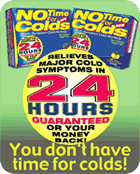 No Time for Colds sets a new precedent with the addition of the bioflavonoids. The lead investigator of the clinical trial at the University of Virginia’s School of Medicine, Ronald B. Turner, says, “A clinically relevant and statistically significant reduction in clinical symptoms of the common cold occurred within 24 hours when using No Time for Colds.”
No Time for Colds sets a new precedent with the addition of the bioflavonoids. The lead investigator of the clinical trial at the University of Virginia’s School of Medicine, Ronald B. Turner, says, “A clinically relevant and statistically significant reduction in clinical symptoms of the common cold occurred within 24 hours when using No Time for Colds.”
The remedy is also is safe for kids aged four and up. It tastes decent too, in cherry or lemon flavors, so parents won’t need to assume battle positions to get their kids to take it. Also beneficial is the fact that it is sugar-free, gluten-free, and lactose-free. SmartScience is so confident of the effectiveness of No Time for Colds they are extending their money-back no-questions-asked guarantee.
Big question: Aren’t cold symptoms simply our body’s necessary means of flushing out a virus? “No,” explains Mr. Weitz. “People think, ‘Wow, the body must need to flush this virus out. My nose is running like a faucet.’ But, runny nose, malaise and headache, are immune system OVER-responses to the common cold virus that DO NOT prevent the virus from running its normal course. These responses to the cold serve no purpose that is beneficial. The body is just wasting energy. Viruses multiply within the cells so flushing it out doesn’t work. We all assumed it was the body just doing what it needed to do. But most colds are from the Rhinovirus which is absorbed through the mucus area and nasal area. That’s how they attack the body. No wonder they go crazy first.”
SmartScience Laboratories manufactures No Time for Colds in the U.S. and with their distribution network of 30,000 major drug stores and chains they can offer it widely to consumers along with JointFlex. A store locator is available on the No Time for Colds Web site.
What is next for SmartScience? Weitz is not certain, but judging from their philosophy we can expect products based on a simple principle: Providing effective alternatives to prescription drugs and remedies that have negative side effects. Safe products that work. Smart!





















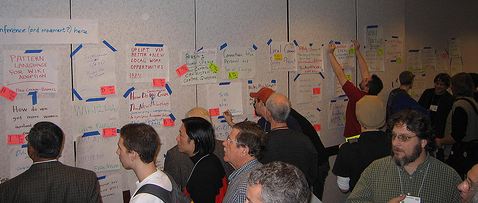

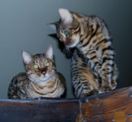
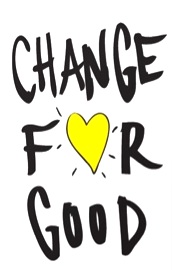

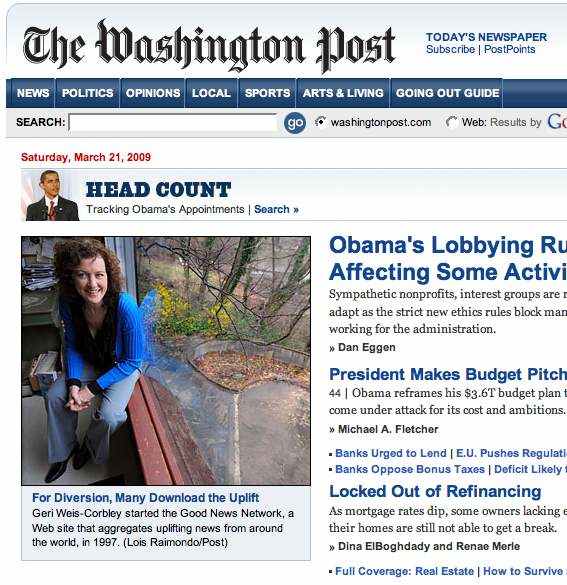 WTOP Radio
WTOP Radio

 No Time for Colds sets a new precedent with the addition of the bioflavonoids. The lead investigator of the clinical trial at the University of Virginia’s School of Medicine, Ronald B. Turner, says, “A clinically relevant and statistically significant reduction in clinical symptoms of the common cold occurred within 24 hours when using No Time for Colds.”
No Time for Colds sets a new precedent with the addition of the bioflavonoids. The lead investigator of the clinical trial at the University of Virginia’s School of Medicine, Ronald B. Turner, says, “A clinically relevant and statistically significant reduction in clinical symptoms of the common cold occurred within 24 hours when using No Time for Colds.”